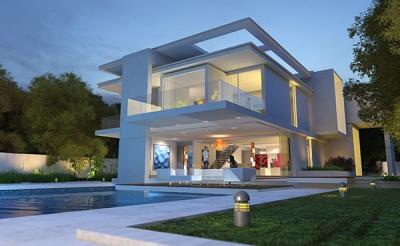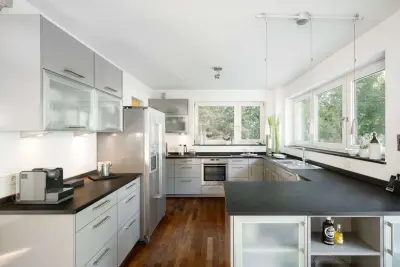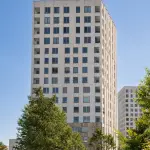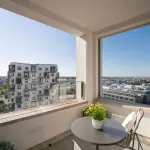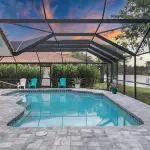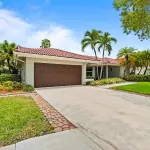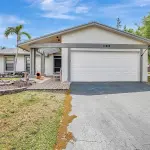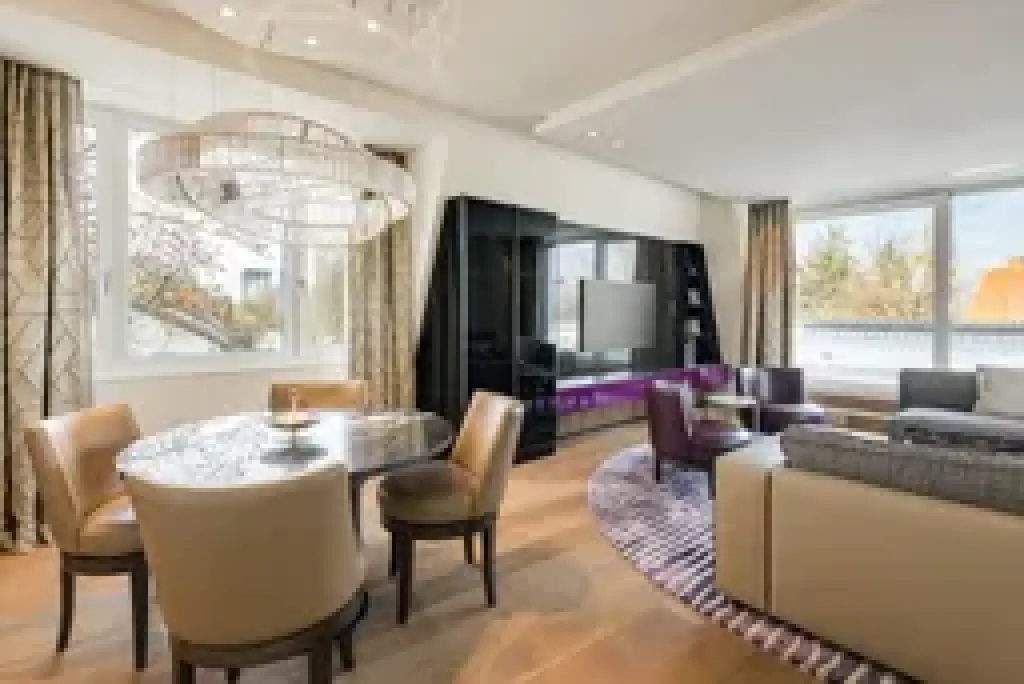
The Rise of Eco-Friendly Architecture in 2023
The Rise of Eco-Friendly Architecture in 2023
As the world faces increasingly pressing environmental challenges, eco-friendly architecture has become more than just a trend—it’s a necessity. In 2023, more architects, builders, and homeowners are turning to sustainable design practices to reduce the environmental footprint of buildings, lower energy consumption, and create healthier living environments. This article explores the growing rise of eco-friendly architecture, including passive house designs, sustainable building techniques, and materials that are shaping the future of construction.
1. The Growing Importance of Sustainability
Over the past few years, the need for sustainability in architecture has intensified. With climate change at the forefront of global issues, the built environment—responsible for a large portion of energy consumption and carbon emissions—has become a major focus. In 2023, sustainable architecture is no longer just an aesthetic choice or a luxury for the environmentally conscious. It is now seen as an essential approach to building, as more communities and governments push for green building standards and energy-efficient practices.
Eco-friendly architecture is focused on minimizing a building’s negative impact on the environment throughout its entire lifecycle, from construction to operation to demolition. This involves incorporating sustainable materials, energy-efficient systems, and innovative design strategies that reduce waste and improve energy conservation.
2. Passive House Designs: A Leap Towards Energy Efficiency
One of the standout trends in eco-friendly architecture is the rise of passive house designs. A passive house is a building that is designed to be ultra-energy-efficient, using very little energy for heating and cooling. Passive house principles have gained significant traction in 2023 due to their remarkable ability to reduce energy consumption and create comfortable living environments.
The key elements of a passive house include:
Super-insulation: Passive homes are equipped with highly effective insulation to reduce heat loss and maintain stable indoor temperatures.
Airtight construction: These homes are built with a focus on minimizing air leaks, which helps maintain energy efficiency and air quality.
High-performance windows: Triple-glazed windows help keep heat inside during winter and out during summer, preventing energy loss.
Heat recovery ventilation systems: These systems continuously supply fresh air while recovering the heat from stale air, ensuring excellent indoor air quality without wasting energy.
By using these techniques, passive houses can achieve up to 90% reduction in heating and cooling costs compared to conventional homes. This makes them not only eco-friendly but also incredibly cost-effective in the long term. With increasing awareness of energy consumption and the rising cost of utilities, passive house designs are becoming more popular as they offer a practical and environmentally friendly solution.
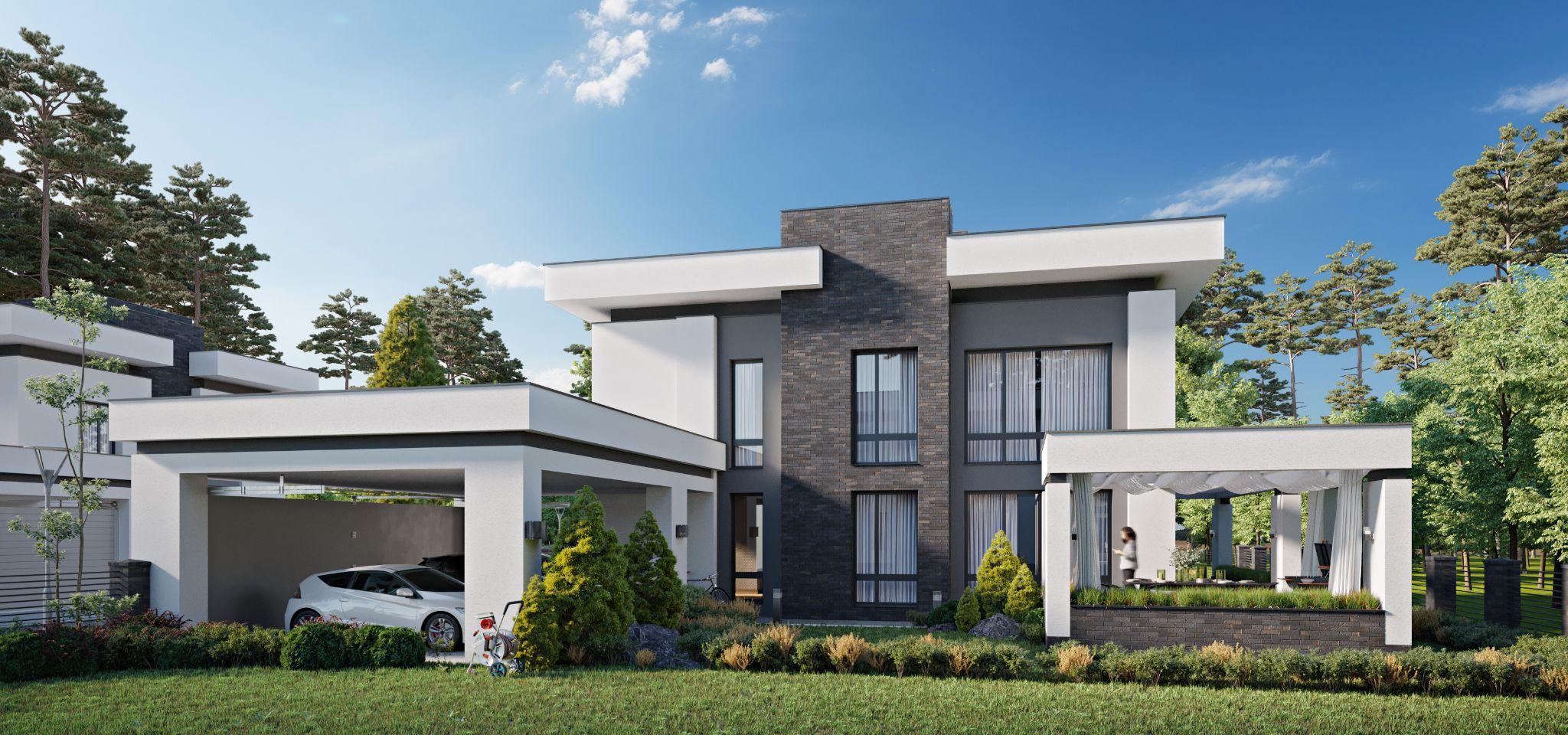
3. Sustainable Building Materials
The choice of materials plays a crucial role in reducing the environmental impact of buildings. In 2023, more architects and builders are choosing sustainable building materials that are both eco-friendly and durable. Some of the materials gaining popularity include:
Recycled Materials: Recycled steel, aluminum, and glass are being incorporated into buildings to reduce the demand for new raw materials and decrease waste. Recycled materials help minimize energy consumption during production and cut down on landfill waste.
Bamboo: Known for its rapid growth and strength, bamboo is an excellent alternative to wood in many building applications. It’s used in flooring, cabinetry, and even structural elements, making it a sustainable and renewable material.
Reclaimed Wood: Instead of using newly sourced timber, reclaimed wood from old barns, factories, and warehouses is being repurposed for use in modern homes and commercial buildings. This helps preserve forests and reduces the environmental impact of logging.
Hempcrete: A sustainable alternative to concrete, hempcrete is made from hemp and lime and is used as an insulating material for walls. It’s lightweight, energy-efficient, and has a much lower carbon footprint than traditional concrete.
Recycled Insulation Materials: Insulation made from recycled materials, such as denim or cotton, is gaining popularity for its ability to reduce energy consumption while being environmentally friendly.
Using these materials not only reduces the environmental impact of the construction process but also helps improve the sustainability of the building’s operation over time. Buildings made from sustainable materials are more durable, require less maintenance, and contribute to healthier indoor air quality.
4. Green Roofs and Vertical Gardens
Another eco-friendly architecture trend that’s on the rise in 2023 is the use of green roofs and vertical gardens. These features not only enhance the beauty of a building but also provide significant environmental benefits. Green roofs, which are covered with plants, offer natural insulation, reduce heat island effects in urban areas, and promote biodiversity. They also help manage stormwater runoff by absorbing rainwater.
Vertical gardens, or green walls, are becoming popular for urban buildings that lack outdoor space. These living walls help improve air quality by filtering pollutants, provide insulation, and create a connection to nature in otherwise concrete-heavy environments. In addition to their environmental benefits, green roofs and vertical gardens add aesthetic value and increase the overall well-being of the building’s occupants.
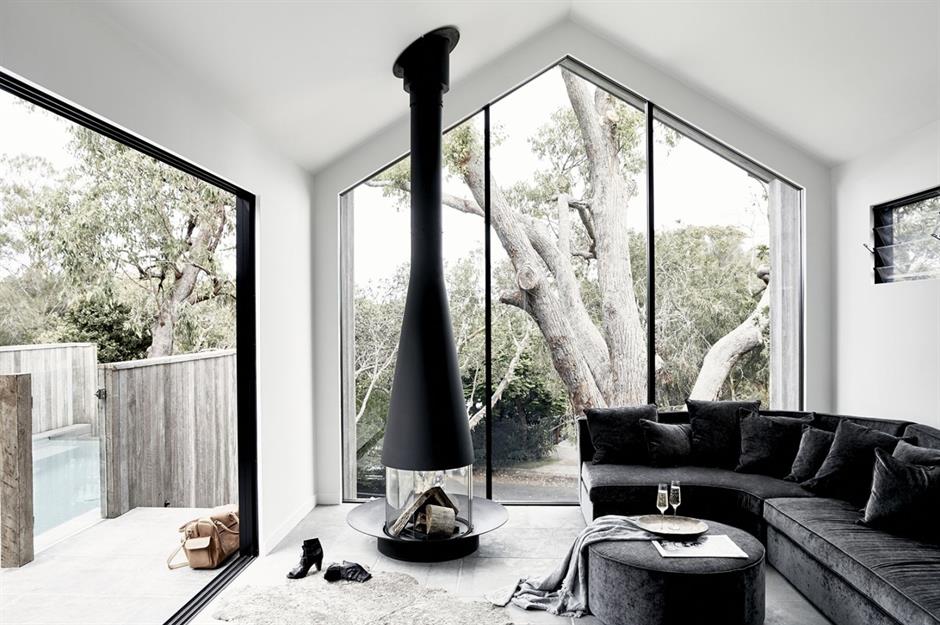
5. Smart Home Technologies for Energy Efficiency
In 2023, smart home technologies are playing a key role in making buildings more energy-efficient and eco-friendly. These technologies allow homeowners to control various aspects of their home, such as heating, lighting, and security systems, remotely and efficiently. Smart thermostats, energy-efficient lighting, and automated energy systems can help reduce energy consumption by optimizing how and when a home’s resources are used.
For example, smart thermostats like Nest or Ecobee learn the occupants' habits and adjust the temperature accordingly to minimize energy use when the house is empty or when everyone is sleeping. Similarly, smart lighting systems can be set to turn off when no one is in the room, ensuring that electricity is not wasted.
Additionally, home automation systems can integrate renewable energy sources, such as solar panels or wind turbines, to provide energy for the home. By combining smart home technologies with sustainable energy sources, homeowners can significantly reduce their reliance on the grid, lower utility bills, and decrease their overall carbon footprint.
6. Net-Zero and Carbon-Neutral Buildings
In 2023, the concept of net-zero energy buildings is gaining momentum. A net-zero energy building is one that produces as much energy as it consumes over the course of a year, typically through renewable energy sources like solar panels or wind turbines. These buildings are highly energy-efficient, relying on passive design strategies to minimize the need for heating and cooling.
Carbon-neutral buildings go a step further, balancing the carbon emissions produced during construction, operation, and even demolition with efforts to reduce or offset those emissions, such as planting trees or investing in renewable energy projects. Achieving net-zero or carbon-neutral status requires careful planning and the use of sustainable materials, renewable energy, and energy-efficient technologies.

7. Sustainable Urban Planning
As cities grow and urbanization continues, sustainable urban planning is becoming an essential component of eco-friendly architecture. In 2023, architects and city planners are increasingly focusing on creating urban environments that prioritize green spaces, energy-efficient buildings, and sustainable infrastructure.
Designing cities with eco-friendly transportation options, like bike lanes and public transit, and incorporating renewable energy into the urban grid are just a few ways to reduce the environmental impact of growing populations. These sustainable urban developments aim to create livable, vibrant communities where people can thrive while minimizing their environmental footprint.
Conclusion
In 2023, eco-friendly architecture is more than just a passing trend—it’s becoming the standard in modern design. Passive house principles, sustainable building materials, green roofs, smart home technologies, and net-zero buildings are all contributing to a more sustainable and energy-efficient future. As the world continues to address environmental challenges, eco-friendly architecture will play a crucial role in reducing carbon footprints, conserving resources, and building healthier, more resilient communities.
For homeowners, builders, and architects alike, adopting eco-friendly practices not only helps protect the environment but also offers long-term financial benefits, including reduced energy costs and increased property values. As we move forward, the rise of eco-friendly architecture will continue to shape the built environment and inspire innovation in the construction industry.
